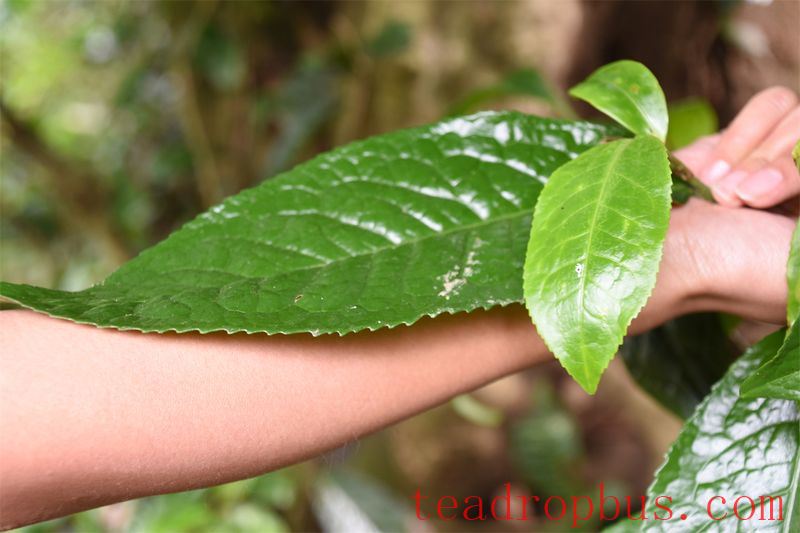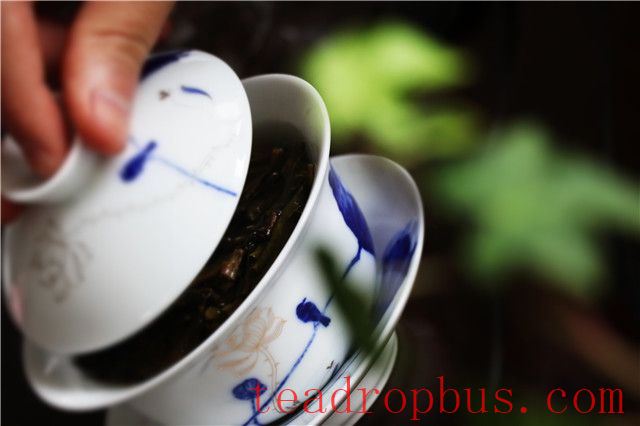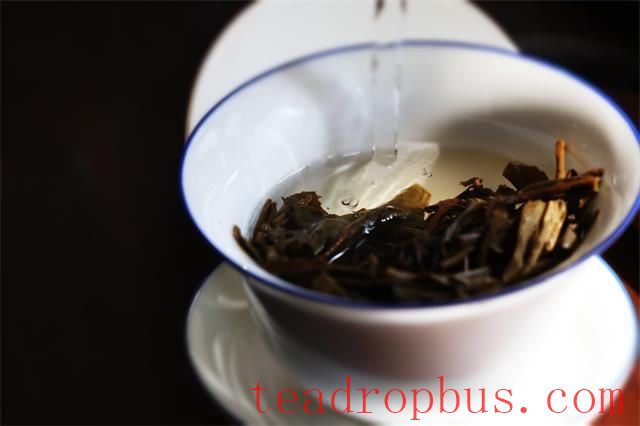Inevitably, when discussing Tea, the topic of Steeping endurance comes up. Many people hastily conclude: “Ancient trees hold up to steeping, while younger trees and plantation teas do not.” Today, let's reconsider this issue.
Deciding whether a tea holds up to steeping is not as simple as saying “ancient trees hold up, younger trees and plantation teas do not.” There are many variables at play. For example, take red broken tea; those who have tried it know that by the second steeping, it has lost most of its flavor. Why? Because the tea is very finely broken, causing the water-soluble compounds to release quickly, unlike whole leaves which release them gradually. Understanding these variables is key to grasping why some teas hold up to steeping better than others.
01. Leaf Maturity and Integrity
Many tea enthusiasts know that teas comprised entirely of buds do not hold up well to steeping, whereas those with one bud and two or three leaves have greater endurance. The older and coarser the leaf, the slower the release of water-soluble compounds (this point relates to the rolling process, discussed below). The integrity of the leaf, much like the example of broken red tea, is directly proportional to its steeping endurance.

02. Rolling During Raw Tea processing
The degree of rolling is inversely proportional to the tea's steeping endurance. The more rolled the leaves, the more cell walls are damaged, leading to faster release of water-soluble compounds and reduced steeping endurance.
03. The Impact of brewing on Steeping Endurance
There are three main factors here: the ratio of tea to water, the less tea used and the more water added, the less the tea will hold up to steeping, and vice versa; the slower the pouring out of the infusion, the less the tea will hold up to steeping, and conversely, the faster, the more it will endure; the temperature of the water also affects a tea's ability to hold up to steeping, with higher temperatures reducing endurance and lower temperatures increasing it.

04. Leaf Maturity and Integrity
These two indicators are closely related. Age is not a decisive factor; rather, climate and ecological environment play the crucial role. Discussions about age must be in the context of equal climate and ecological conditions to be meaningful. Under such conditions, ancient trees with deep roots naturally have an advantage, while younger trees and plantation teas can only look on enviously.
Additionally, does Pu'er tea hold up better to steeping? This claim is usually based on the observation that after multiple infusions, there is little change in the color and taste of the tea. This is because of the substances contained within Pu'er tea. Pu'er tea trees, having grown for hundreds or even thousands of years, accumulate rich nutrients in their buds. These nutrients require many infusions to fully release, which explains why we perceive Pu'er tea as enduring multiple steeps.

Therefore, to make hasty conclusions without considering any of the variables, such as “This tea holds up to steeping, so it must be from an ancient tree,” or “This tea doesn't hold up, so it must be from a plantation,” would be overly simplistic. Such hasty judgments might cause you to miss out on a good cup of tea.